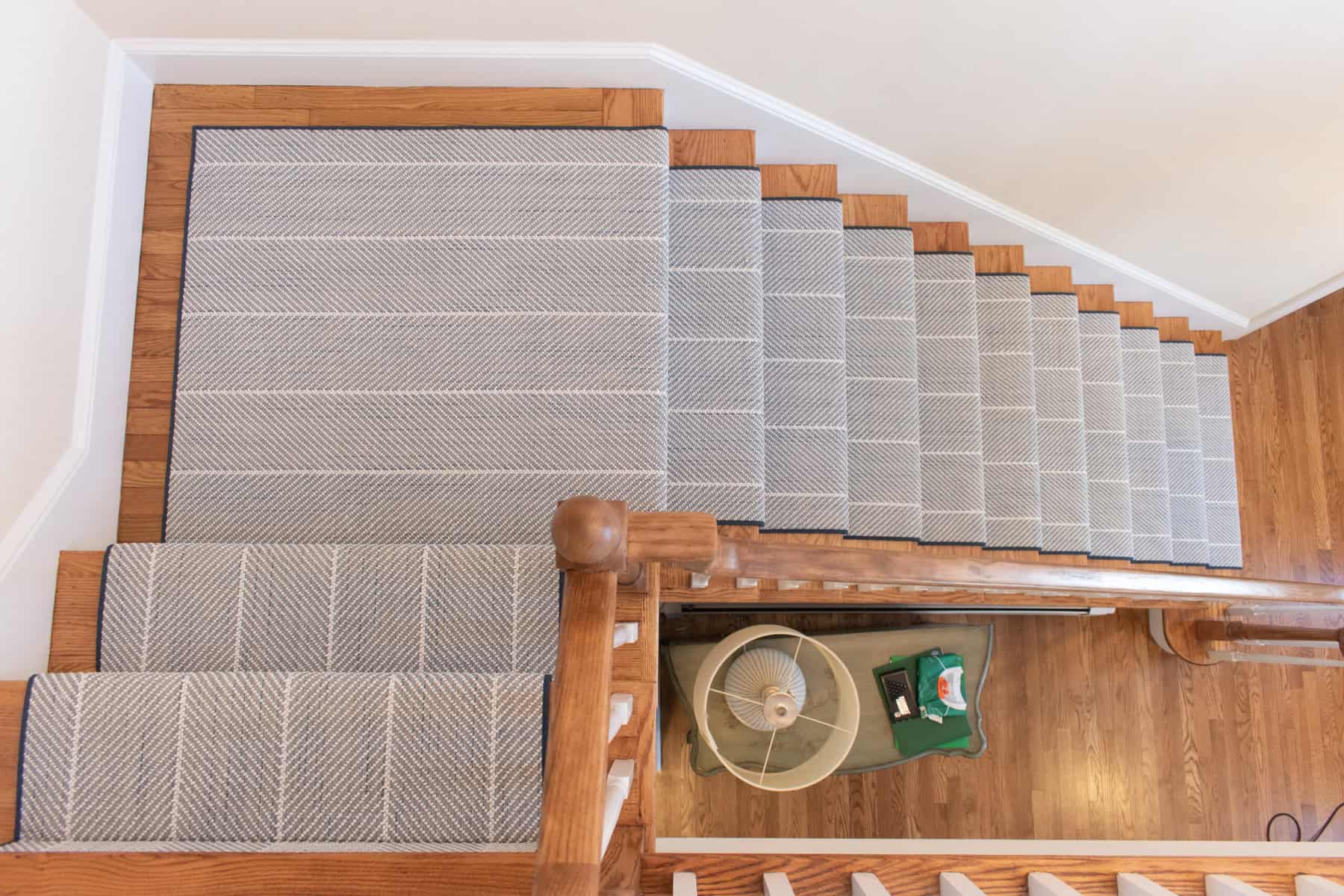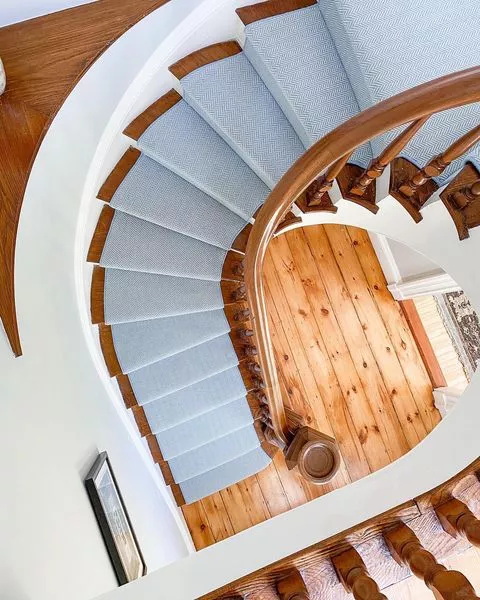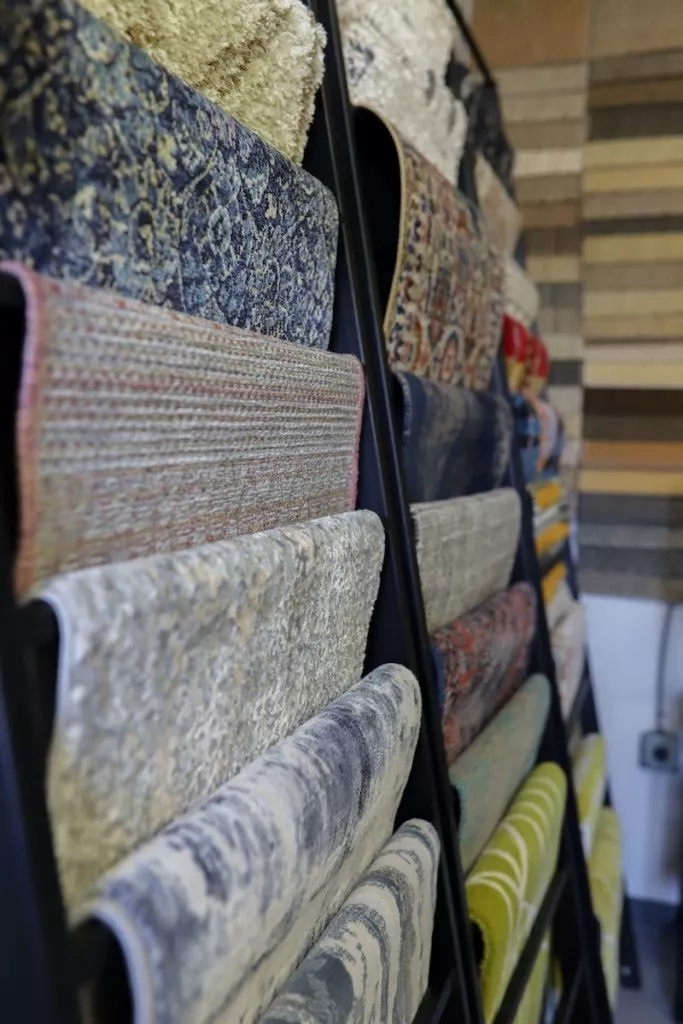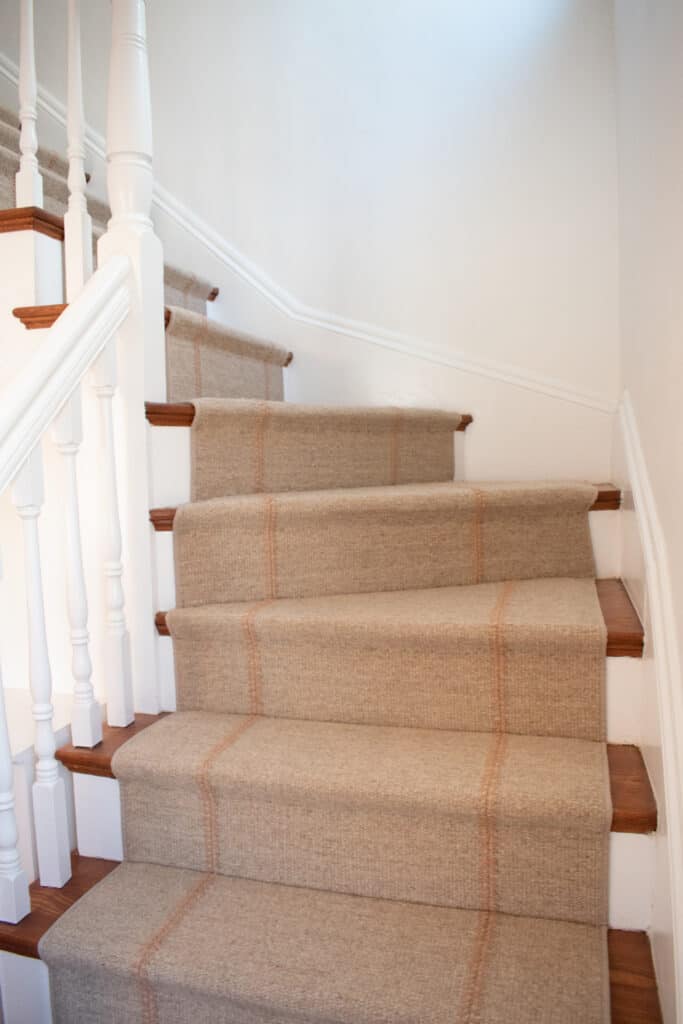
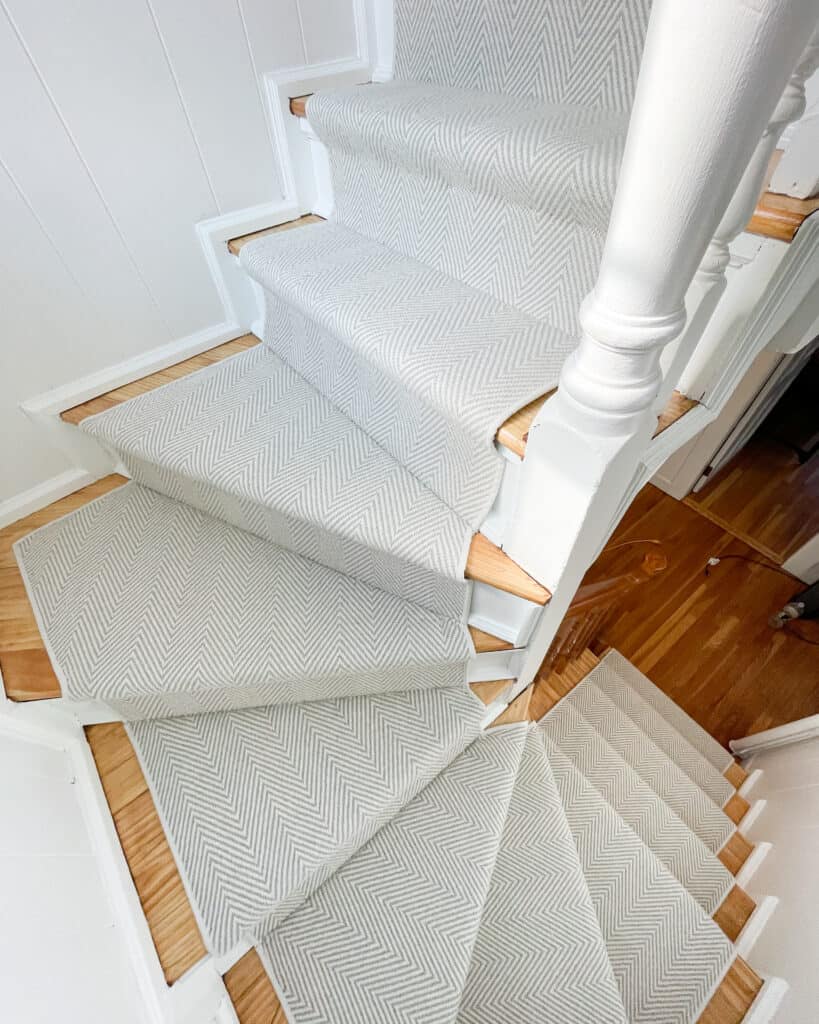
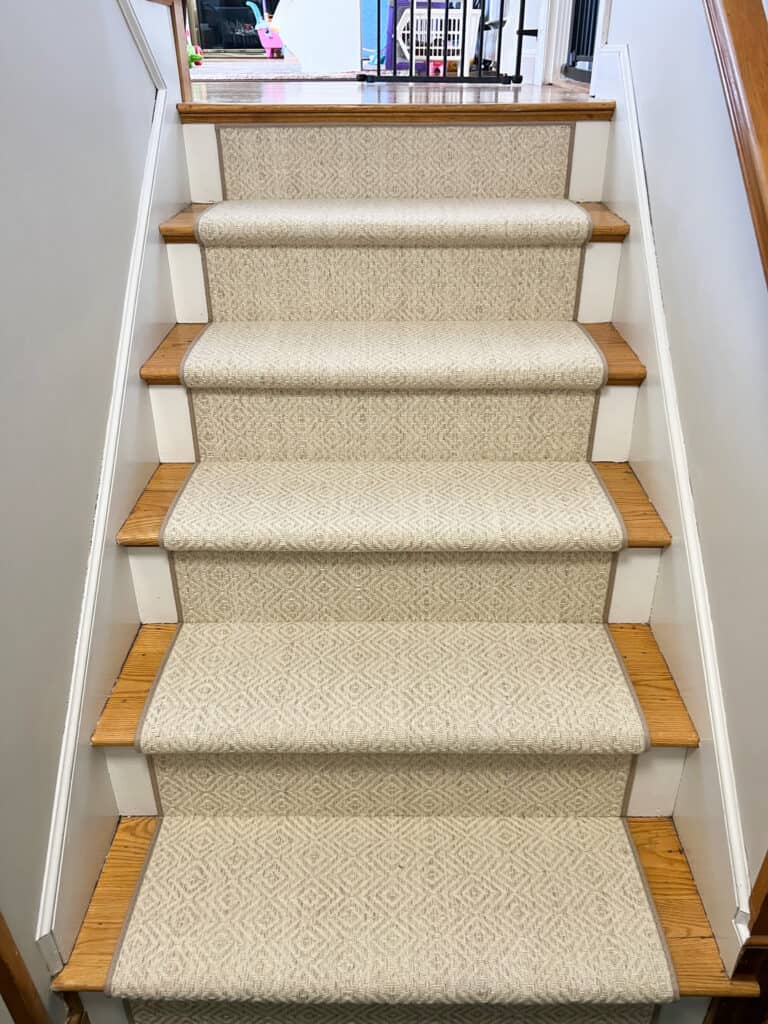
If there’s one carpet material you want to install in your home, the first one to always consider is wool. Recognized as a luxurious fiber that carries many of its own unique properties, wool has been used to construct carpets for hundreds of years and is only becoming more popular. A carpet made of 100% wool works amazing on its own thanks to its durability and beautiful aesthetic. While choosing 100% wool generally is the recommended route to take, there are certain situations and factors where it might not be the best option. Luckily, carpet manufacturers have found a way to innovate wool by beginning to use a wool blend for many modern carpet styles.
What is a wool blend?
A wool blend material is the combination of wool blended with a synthetic or natural material. With these blends, wool tends to be the dominant material. The average industry carpet consists of 80% wool and 20% of the blended material. This means you’re getting some of the same qualities as 100% wool, but the synthetic fibers give the carpet its own unique touch.
Manufacturers may decide to blend wool with synthetic materials for various reasons. Among the common reasons are to facilitate dyeing and printing, improve stain resistance and durability, or to enhance fiber flexibility. These blends have given manufacturers the ability to expand their carpet collections and provide customers with more patterns or colors to choose from.
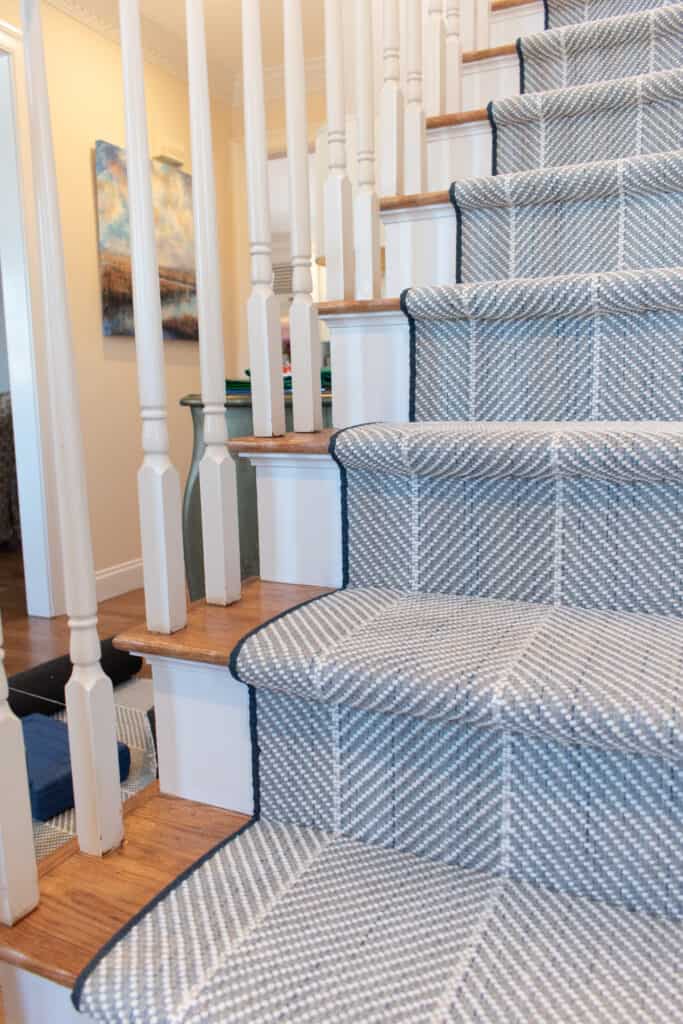
Why not just get 100% wool?
Wool is a top choice if you’re looking for a soft and durable material. However, customers are always in for a surprise when they notice wool it carries a higher price tag than many other carpet materials. This eventually causes people to consider other options in the market, particularly wool blends. The lower costs of a wool blend can give you more flexibility, especially since you’ll still be getting many of the benefits associated with wool.
Admittedly, the upkeep of 100% wool can be an added hassle. While it may be a resilient material, wool requires extra precautions if you want it to last you as long as possible. That includes taking into consideration whether you have any children or pets at home. A wool blend would be a great option if you want to have the peace of mind of not worrying about constant upkeep of your carpet. This isn’t to say wool blends completely eliminate the need to care for your carpet, but they certainly can make things easier
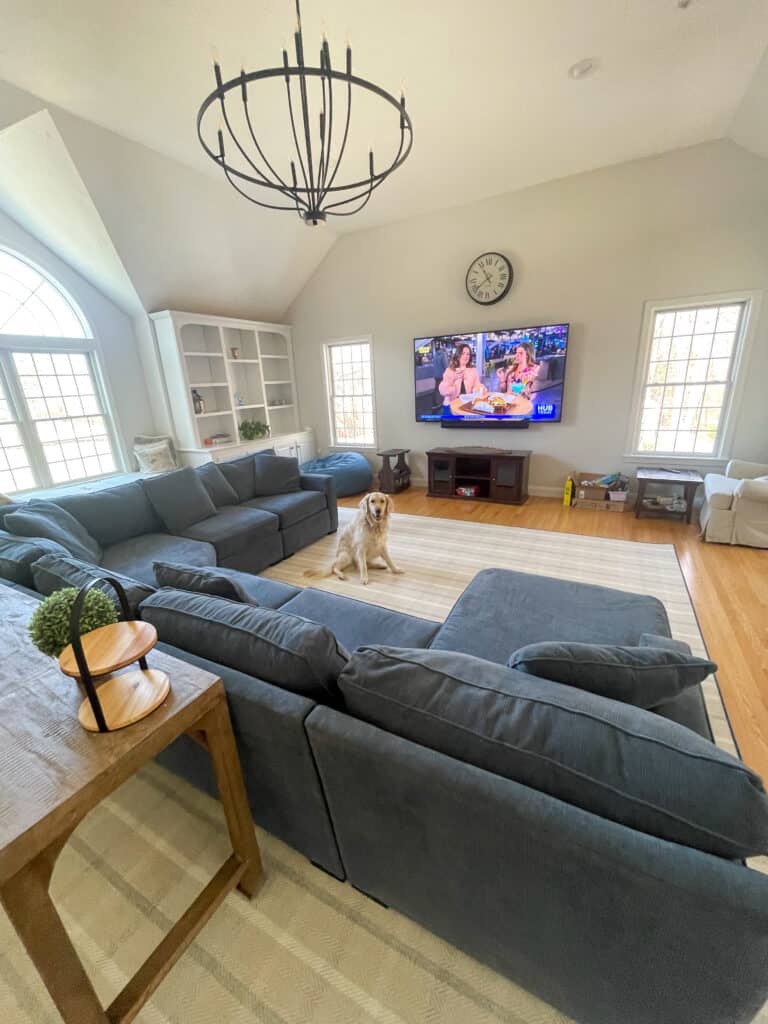
Different types of wool blends:
One of the great things about wool is it can be blended with plenty of different materials. Each individual blend provides its own unique characteristics that can influence which one is best for you and your home. The examples below are a handful of some of the materials that wool is commonly blended with.
Nylon:
This blend typically has a higher percentage of wool than nylon. This can often be found in many contemporary styles. Since nylon is much cheaper than wool, this combination can be a perfect blend if you are seeking a less expensive option.
Acrylic:
Acrylic is a low-cost, synthetic material that feels very similar to wool. It’s not as popular as it once was, but these days, it’s most commonly used in wool-blend area rugs because of its wool-like characteristics. So if you’re looking for a rug that has a similar feel to wool, then a wool-acrylic blend is the right choice for you.
Polyester:
Wool and polyester blend rugs are ideal for people who long for wool rugs but without its luxury price tag. Both of the components are great rug materials, and, since polyester is an inexpensive material, the rug can be considered an ideal, low-cost option. This type of wool blend is available in beautiful and elaborate designs. However, it’s worth mentioning that wool-polyester blend rugs aren’t as durable as to 100% wool rugs.
Polypropylene:
These rugs are quite similar to wool and polyester blend rugs, but polypropylene is a more commonly used material. It’s high stain resistance makes it very easy to clean and maintain. Polypropylene’s qualities, when blended with the qualities wool already carries, make it a great option if you want something durable and resilient.
Natural Blend Materials:
While synthetic wool blends tend to be the most popular option, wool also can be blended with natural fibers. For example, you may come across a wool-silk blend, wool-jute blend, or even a wool-sisal blend. Natural blends are usually just as costly as a 100% wool carpet, but these types of blends are worth every penny. Natural fibers tend to be of higher quality, so when they are blended with wool you can get a very distinctive material. These types of blends require extra care to make sure you get the most out of it during its lifetime.
—
Deciding on the right material for your space can certainly become an overwhelming process. This becomes especially evident when a customer has to narrow it down to one final choice. Luckily, the presence of other fibers available in the market have given mills the ability to innovate and create wool blends. This gives you the ability to find the perfect middleground and provide you with a handful of the benefits from both wool and the other material!
If you’re interested in starting a new carpet project and exploring the various wool blends available, The Carpet Workroom is the best place to get started! Reach out to info@carpetworkroom.com with pictures of your space, your favorite styles and the type of project you’re looking to undertake. Our project managers will work alongside you and help you decide on the best material for your space!

